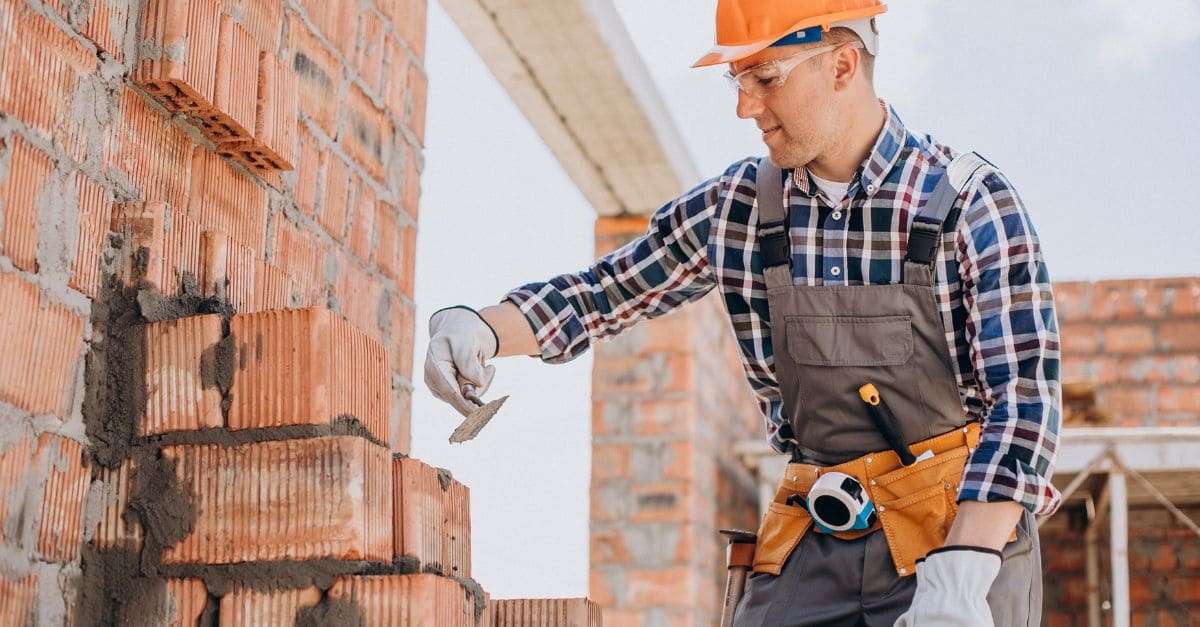Masonry has been a cornerstone of construction for centuries, offering durability, strength, and timeless appeal. From residential homes to large-scale commercial complexes, masonry work requires precision not only in execution but also in planning. One of the most critical steps for ensuring smooth project delivery is masonry estimating. Without accurate estimates, contractors face challenges such as budget overruns, delays, and material shortages.
In this blog, we’ll explore why masonry estimations are essential, how professionals leverage advanced tools to improve accuracy, and how accurate estimates connect with other construction services for seamless project planning.
What Is Masonry Estimating?
Masonry estimating is the process of determining the materials, labor, and costs associated with masonry work, including bricks, blocks, stone, mortar, and reinforcements. A comprehensive masonry takeoff provides contractors with detailed insights into material quantities and projected masonry prices.
Professional masonry estimating services go beyond simple material counts. They also calculate waste factors, labor hours, and equipment needs, making them indispensable for project budgeting and scheduling.
Why Accurate Masonry Estimations Matter
Preventing Budget Overruns
Accurate masonry estimates help contractors avoid unexpected costs. Misjudging masonry prices or labor requirements can significantly inflate budgets. Professional labor estimating ensures that workforce allocation aligns with project needs.
Improving Project Efficiency
Time is critical in construction. A precise masonry estimate keeps timelines realistic, ensuring materials are delivered and labor is scheduled effectively. This coordination improves efficiency across interconnected trades such as roofing estimating services and flooring estimating services.
Reducing Waste
Professional takeoffs minimize material overordering, which reduces costs and supports sustainable building practices. Integrating masonry estimates with thermal moisture protection takeoff services, for example, helps optimize resource allocation.
The Role of Masonry Estimating Software
Modern projects often use masonry estimating software to improve accuracy and efficiency. These tools automate material counts, apply local masonry prices, and integrate with broader quantity takeoff services.
By leveraging software, estimators can quickly generate detailed reports and reduce the risk of human error. Moreover, integrating digital masonry takeoffs with BIM estimating services enhances collaboration by providing 3D modeling and real-time updates.
Masonry Estimating in Different Project Types
Residential Construction
In housing projects, masonry work requires precision to balance aesthetics and cost. Professional residential construction estimating ensures material selection aligns with both budget and design goals.
Remodeling Projects
During renovations, masonry estimating is particularly valuable because existing structures can create challenges. Using Home Remodeling Cost Estimation Services alongside masonry takeoffs helps contractors account for demolitions, adjustments, and new material needs.
Commercial and Industrial Projects
Large-scale builds demand detailed planning. Accurate estimates support commercial construction estimating and industrial construction estimating by ensuring masonry requirements are fully integrated with other trades such as plumbing estimating services and electrical estimating services.
Linking Masonry Estimating to Other Construction Trades
Construction is interconnected, and masonry estimates often impact or depend on other trades. For example:
- Drywall estimating services must align with masonry walls for accurate finishes.
- Exterior finishing services rely on masonry takeoffs for cladding and detailing.
- Painting estimating services require accurate surface area calculations based on masonry structures.
By connecting masonry estimating with these related services, contractors achieve smoother coordination and more reliable project outcomes.
The Business Value of Professional Masonry Estimating
Accurate masonry estimating supports more than just construction efficiency. It also enhances competitiveness in bidding. Combining masonry estimates with bid management services or audit bid services improves transparency and increases the chances of winning contracts.
For contractors working in diverse locations, region-specific services like construction cost estimating services NYC, construction estimating services Texas, construction takeoff services California, and construction estimating services Florida provide insights into local pricing and building codes.
Conclusion
Masonry estimating is a critical step in ensuring the smooth execution of construction projects. By accounting for materials, labor, and costs, it reduces waste, enhances efficiency, and keeps budgets under control. Professional masonry estimating services supported by modern software and linked to other construction specialties create a strong foundation for successful project planning.
Contractors who invest in reliable estimating solutions gain credibility, efficiency, and a competitive advantage in the marketplace. In today’s construction landscape, precision in masonry takeoffs is not just a benefit—it is a necessity.
FAQs
- What is included in a masonry estimate?
A masonry estimate includes material quantities such as bricks, blocks, and mortar, labor hours, equipment, and waste factors. - How do masonry estimating services improve project planning?
They provide accurate projections of material and labor needs, which streamline scheduling and budgeting across the project. - Can masonry estimating software replace professional estimators?
While software improves accuracy, professional estimators bring expertise in adjusting for real-world conditions that software may overlook. - Why is masonry estimating important for commercial projects?
Commercial projects involve large volumes of masonry work, making accuracy critical for budgeting, timelines, and compliance with building codes. - Do masonry estimates connect with other trades?
- Yes, masonry estimating integrates with trades like drywall, finishing, painting, and mechanical systems to ensure smooth construction workflows.

Leave a Comment